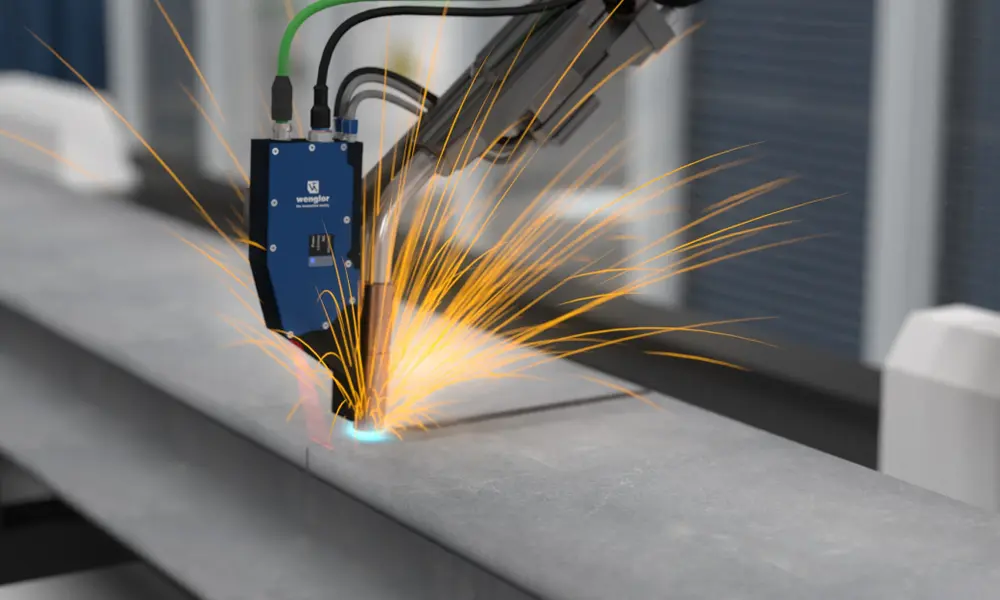The Impact of Seam Placement on Comfort in Cricket Batting Gloves

Cricket batting gloves are more than just protective gear—they're a critical component of a batsman's performance, providing both protection and comfort during long innings at the crease. While much attention is often given to padding, grip, and ventilation, one factor that significantly influences the comfort of batting gloves is often overlooked: seam placement. In this blog, we'll explore the importance of seam placement in cricket batting gloves and how it can impact a player's comfort and performance on the field.
Understanding Seam Placement: The Unsung Hero of Comfort
Seams are an integral part of the construction of cricket batting gloves, serving to hold the various components together and provide structure and support. However, the placement of seams can have a significant impact on the overall comfort and fit of the gloves, particularly during prolonged use.
Seams that are positioned in areas of high friction or pressure can cause discomfort, irritation, and even blisters over time. Conversely, well-placed seams that follow the natural contours of the hand and fingers can enhance comfort and flexibility, allowing players to focus on their batting technique without being distracted by discomfort or pain.
Minimizing Friction and Irritation: The Key to Longevity
One of the primary functions of seam placement in cricket batting gloves is to minimize friction and irritation during use. Seams that rub against the skin or press into sensitive areas can cause discomfort and even lead to blisters or calluses, impacting a player's ability to grip the bat and execute shots effectively.
By strategically placing seams away from areas of high friction, such as the palm and fingers, manufacturers can reduce the risk of irritation and discomfort, ensuring that players can maintain a secure grip on the bat handle without being hindered by discomfort or distraction.
Enhancing Flexibility and Mobility: Allowing for Natural Movement
In addition to minimizing friction and irritation, seam placement also plays a crucial role in enhancing flexibility and mobility in cricket batting gloves. Well-placed seams that follow the natural contours of the hand and fingers allow for unrestricted movement and flexibility, enabling players to grip the bat securely and execute shots with precision and power.
Seams that are positioned in areas where they are likely to bunch up or restrict movement can impede a player's ability to play shots effectively, leading to decreased performance and confidence at the crease. By carefully considering seam placement, manufacturers can create batting gloves that conform to the natural shape of the hand and fingers, allowing for optimal performance and comfort on the field.
Incorporating Player Feedback: Iterative Design for Continuous Improvement
The design of cricket batting gloves is an iterative process that involves gathering feedback from players at all levels of the game. Manufacturers actively seek out input from professional cricketers, coaches, and amateur players to identify areas for improvement and innovation, including seam placement.
By incorporating player feedback into the design process, manufacturers can refine their batting glove designs to better meet the needs and preferences of players. Whether it's adjusting seam placement, fine-tuning materials, or optimizing construction techniques, player feedback plays a crucial role in driving continuous improvement and innovation in cricket batting glove design.
Conclusion: Seam Placement, the Key to Comfort
In conclusion, seam placement is a critical yet often overlooked factor in the comfort and performance of cricket batting gloves. Well-placed seams can minimize friction and irritation, enhance flexibility and mobility, and ultimately improve a player's comfort and confidence at the crease.
By carefully considering seam placement and incorporating player feedback into the design process, manufacturers can create batting gloves that offer superior comfort, fit, and performance on the field. With seams that follow the natural contours of the hand and fingers, batsmen can step up to the crease with confidence, knowing that their gloves will support them through every shot and innings.

